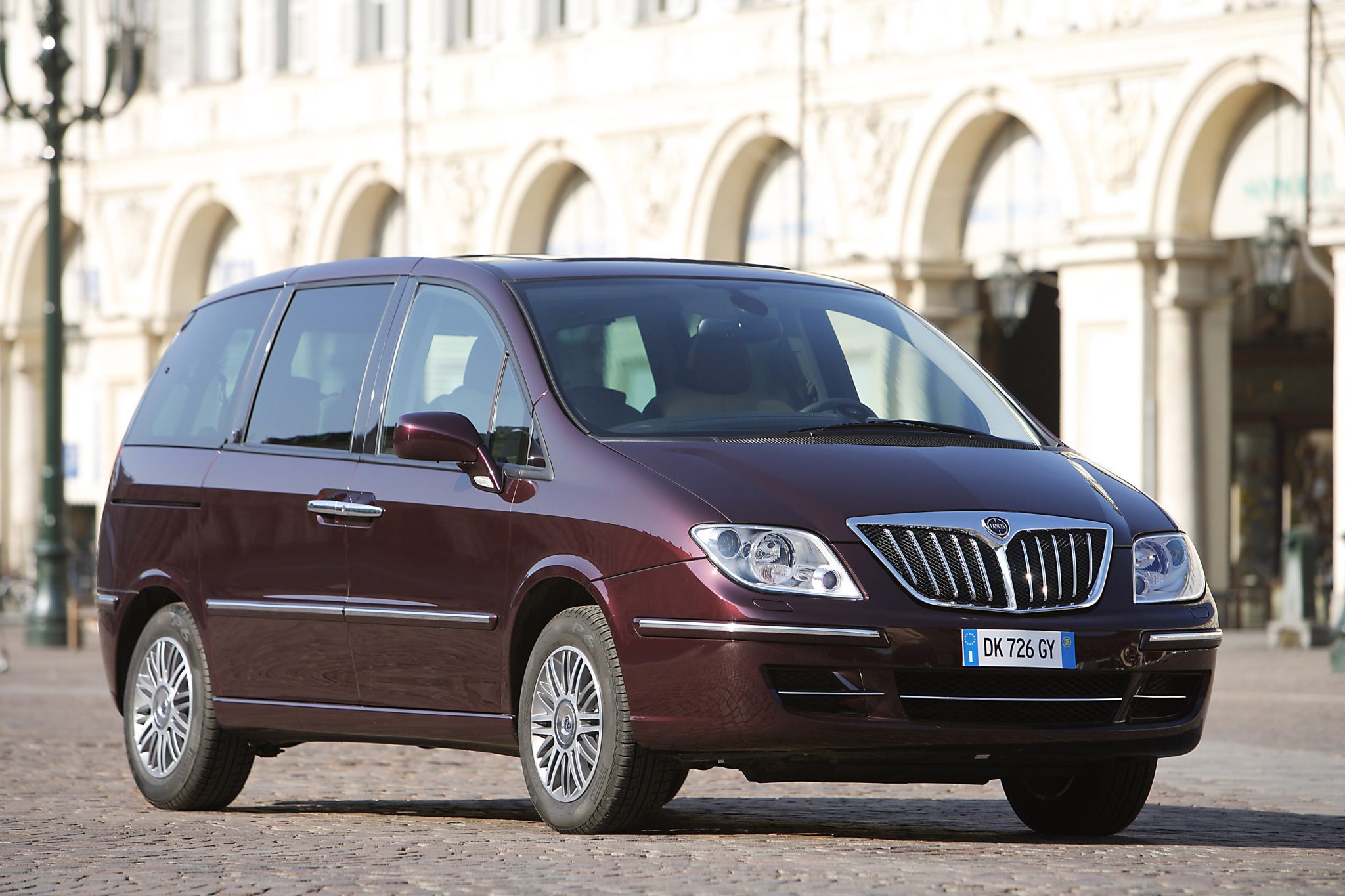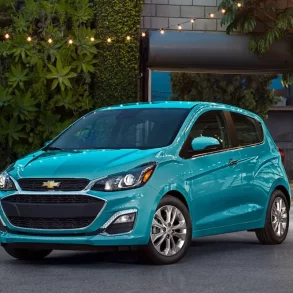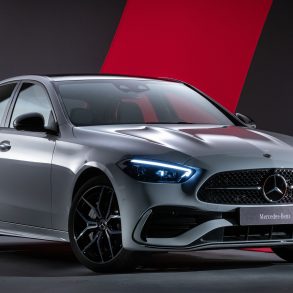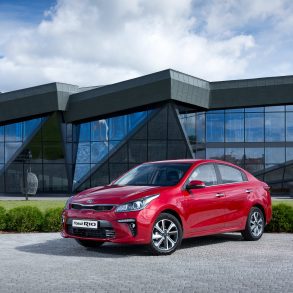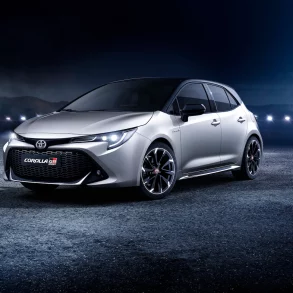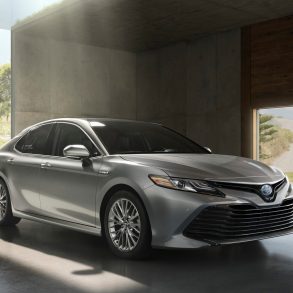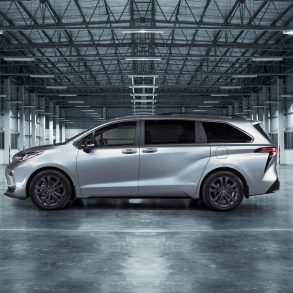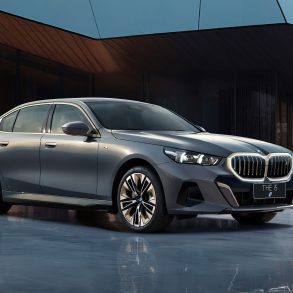Lancia Phedra
The second generation of the Eurovan siblings built together by Peugeot-Citroen and Fiat appeared at the beginning of the ‘2000s, and the Phedra was the premium version.
While the minivans were fading away from the market, the two carmakers decided to continue their joint project. Thus, it was cheaper for them to split the costs. They faced competition from Ford/Volkswagen Group with the Galaxy/Sharan/Alhambra lineup and Renault Espace. But the Eurovans were at their second generation, and they corrected most of the mistakes done when Fiat/PSA started the project in 1994.
The two carmakers build the vehicles on the same assembly lines, but they did more than just swapping badges. Lancia had its unique front fascia with tall headlights and its split-grille at the front. On the lower side, the bumper sported an air-dam and two large-sized scoops, like on a sporty vehicle. Also, the hood and front fenders were different than the rest of its siblings, but it featured the same sliding rear doors, which provided an easier ingress and egress. At the back, the high-mounted taillights sported the same rhomboidal theme from the headlights but narrower and taller.
Inside, Lancia offered room for up to seven people with individual seats. The carmaker offered an option for six seats, with a pass-through space on the middle row. At the front, a vast and long dashboard featured the center-mounted instrument cluster like the rest of the Eurovans but with a unique design. As an option, a navigation system took the center flanked by the tachometer and speedometer.
Under the hood, Lancia had to stick with the PSA’s engines, either gasoline or turbo-diesel. But the era of SUV and crossover was rising, and in eight years, the Phedra managed to find less than 50.000 customers.

